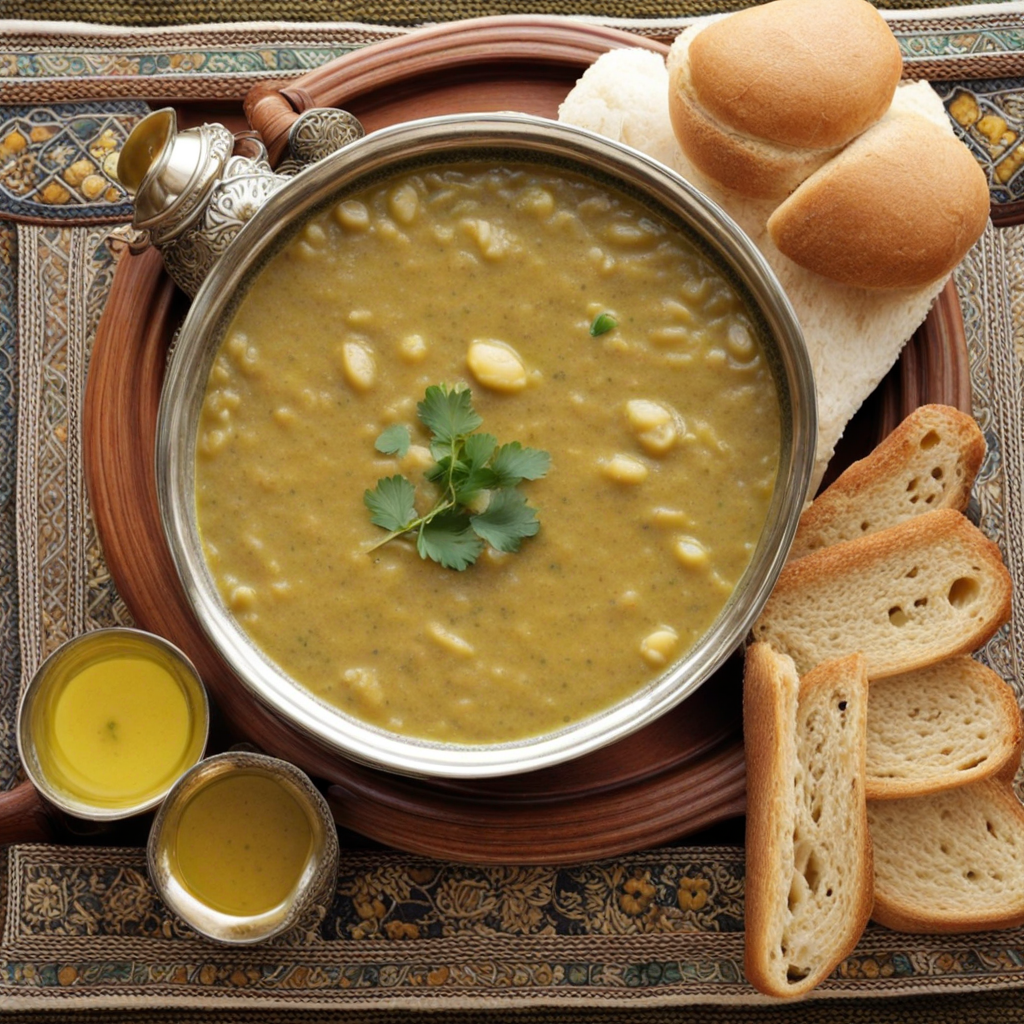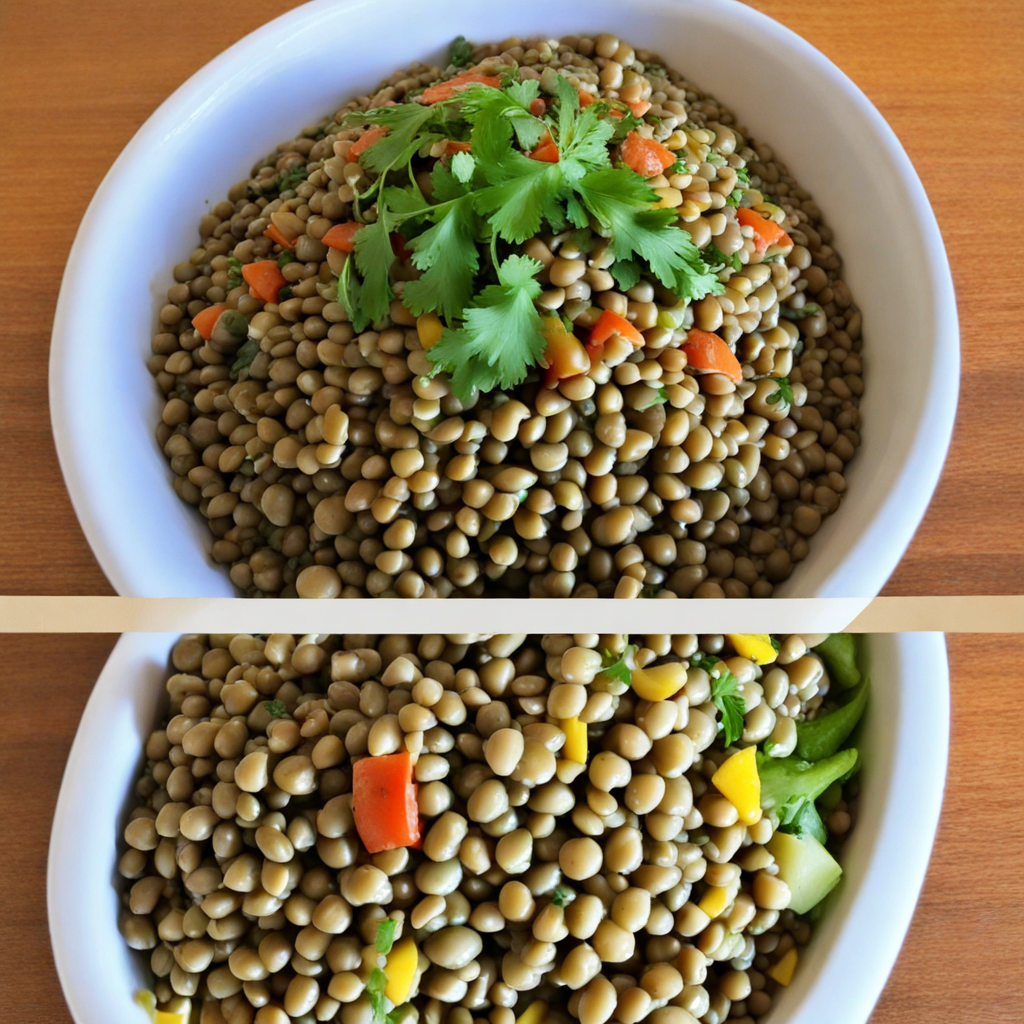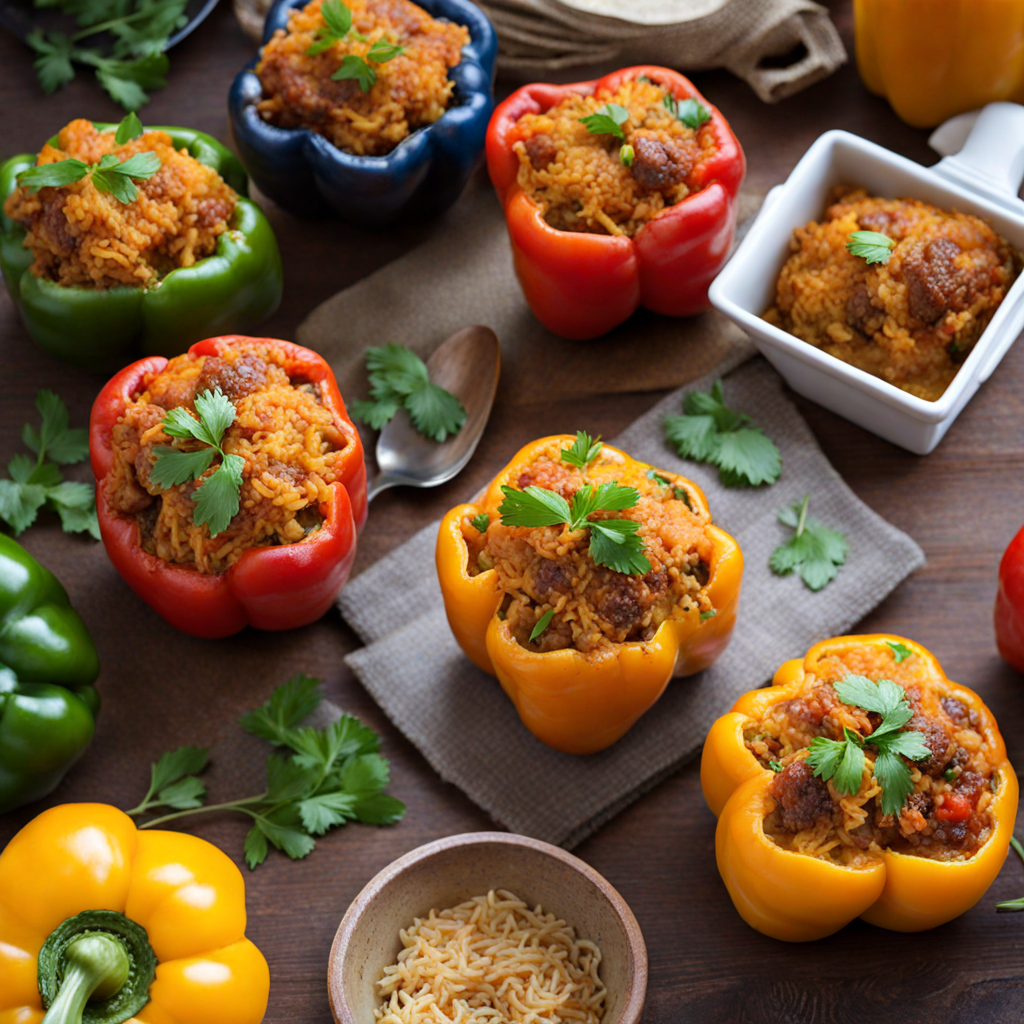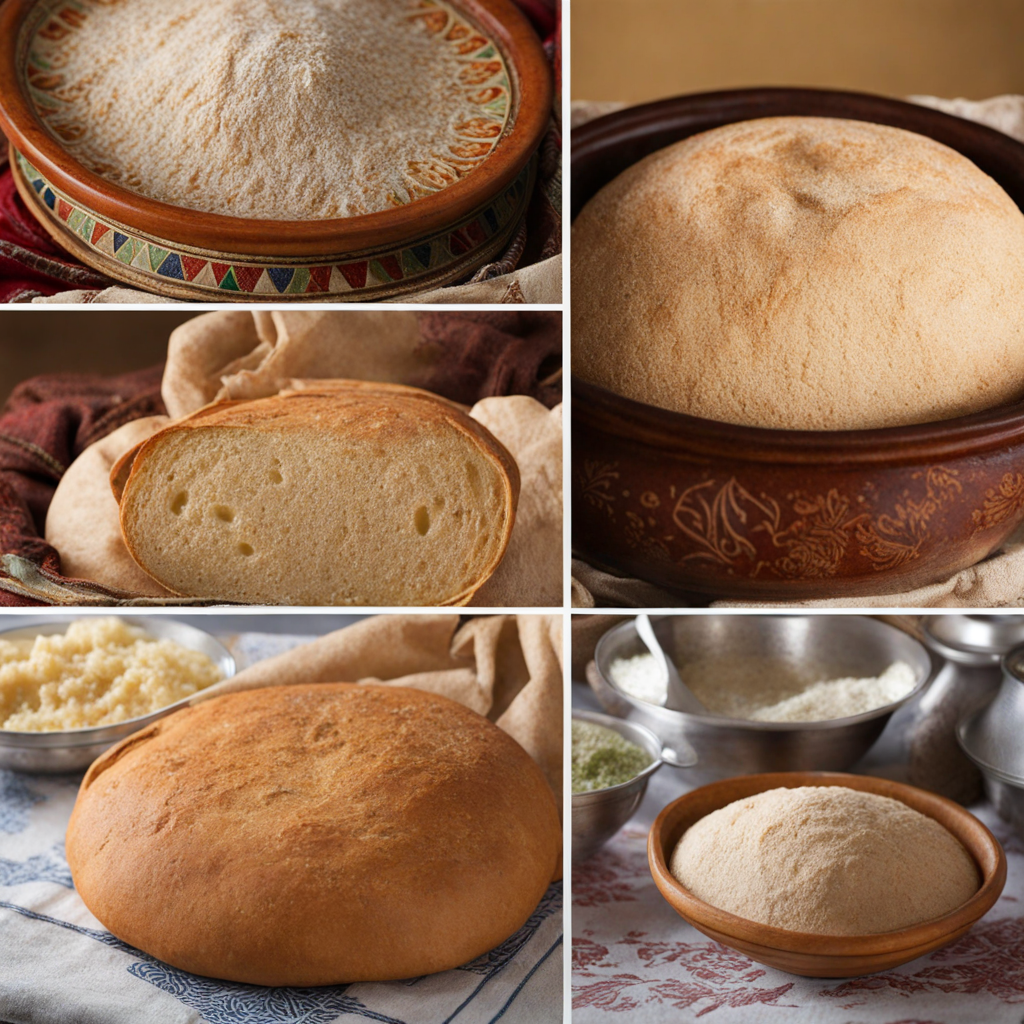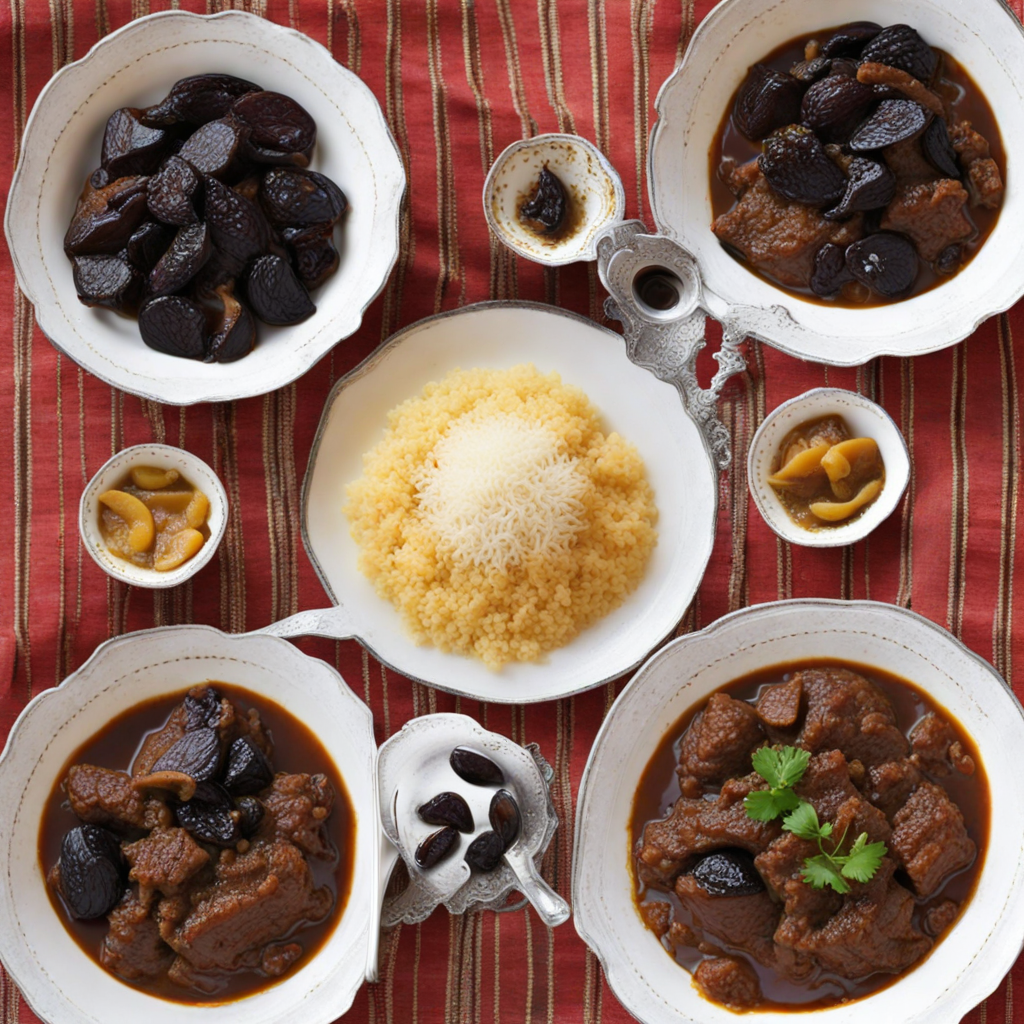Bissara
Bissara is a traditional Moroccan dish that showcases the simplicity and depth of the country's culinary heritage. At its core, it is a thick soup made from dried fava beans, which are cooked until tender and then blended into a smooth, creamy consistency. The dish is often flavored with garlic, cumin, and a drizzle of olive oil, creating a comforting bowl that is both hearty and nutritious. Served hot, Bissara is typically enjoyed with crusty bread, making it a perfect accompaniment for a cozy meal or a satisfying snack. The vibrant flavors of Bissara are enhanced by the use of spices, which are a hallmark of Moroccan cuisine. The addition of cumin lends a warm, earthy note, while the garlic infuses the dish with a fragrant aroma. Some variations may also include a hint of paprika or chili for those who enjoy a bit of heat. The olive oil not only adds richness but also brings a silky texture to the soup, making each spoonful a delightful experience. Bissara is often enjoyed as a street food staple in Morocco, where vendors serve it in simple bowls, garnished with a sprinkle of fresh herbs or a drizzle of additional olive oil. It is not just a dish but a warm embrace on a chilly day, embodying the spirit of Moroccan hospitality. With its robust flavors and wholesome ingredients, Bissara invites you to take a culinary journey into the heart of Morocco, offering a taste that is both unique and utterly satisfying.
How It Became This Dish
The Rich Tapestry of بصارة: Morocco's Hearty Fava Bean Soup #### Origins and Historical Context Bصارة (Bsara), a traditional Moroccan dish, is a hearty soup made primarily from fava beans (broad beans), flavored with garlic, cumin, and olive oil. Its origins can be traced back to the rural heartlands of Morocco, where agriculture reigns supreme, and beans have been a staple food for centuries. Fava beans, believed to be one of the oldest cultivated plants in the world, have been grown in North Africa since ancient times. The cultivation of these beans can be seen in archaeological evidence dating back to the Roman period. The Berbers, Morocco's indigenous people, have long incorporated pulses into their diet, emphasizing the importance of legumes as a source of protein in a land where meat could be scarce and expensive. As a versatile ingredient, the fava bean thrived in the Mediterranean climate, making it an integral part of the traditional diets of many North African communities. #### Cultural Significance Bsara is more than just a dish; it embodies the essence of Moroccan culture and hospitality. Traditionally, it has been a staple during the winter months, providing warmth and nourishment to families. Its richness in flavor and nutrition makes it a popular choice for both everyday meals and special occasions. The soup is particularly significant during Ramadan when it is prepared to break the fast. The hearty nature of Bsara makes it an ideal dish to replenish energy after a day of fasting. Families gather around the table, sharing the soup, often accompanied by crusty bread and a drizzle of olive oil, reinforcing the communal aspect of Moroccan dining. Moreover, Bsara carries a sense of nostalgia and comfort for many Moroccans. It represents a connection to home and family, often prepared using recipes passed down through generations. The act of cooking Bsara is laden with memories, as mothers and grandmothers teach their children the intricacies of the dish, instilling a sense of pride and cultural continuity. #### Development Over Time As Morocco's culinary landscape evolved, so did the preparation and presentation of Bsara. The basic recipe has remained relatively unchanged, but variations have emerged in different regions of the country, reflecting local tastes and available ingredients. In rural areas, Bsara is often made in large quantities to feed families and neighbors, emphasizing the communal aspect of Moroccan culture. In urban settings, however, the dish has adapted to modern culinary trends. Chefs and home cooks alike have experimented with spices and additional ingredients, incorporating herbs like cilantro or parsley, or even adding different legumes or vegetables to enhance the nutritional profile and flavor complexity. The rise of Morocco's culinary tourism has also played a role in the dish's development. As foreign travelers and food enthusiasts explore Moroccan cuisine, they often seek out authentic experiences. This interest has led to a revival of traditional recipes, including Bsara, in restaurants and cooking classes, ensuring that this humble dish receives the recognition it deserves on the global stage. In recent years, the trend of plant-based diets has further propelled the popularity of Bsara, as it aligns perfectly with the principles of vegetarianism and veganism. The dish is not only nourishing but also sustainable, utilizing locally sourced ingredients. This aligns with a growing global consciousness about food sourcing and health, making Bsara a fitting choice for modern diets. #### Preparation and Ingredients The preparation of Bsara is simple, yet it requires a bit of technique to achieve the desired smooth and creamy texture. The primary ingredient, fava beans, are soaked overnight to soften them, making them easier to cook and blend. Once prepped, they are boiled with garlic, cumin, and salt until tender. The mixture is then blended until smooth and creamy, often with a touch of olive oil added for richness. While the core ingredients remain consistent, regional variations may introduce additional spices or garnishes. Some recipes might include paprika for a hint of smokiness, while others might incorporate a squeeze of lemon for acidity. Fresh herbs like cilantro or parsley can be sprinkled on top just before serving, enhancing both the presentation and flavor profile. Traditionally, Bsara is served warm, often accompanied by crusty bread, which is used to scoop up the soup. This communal style of eating not only reflects Moroccan hospitality but also enhances the dining experience, as families and friends gather to enjoy the dish together. #### Modern Significance and Global Reach In the age of globalization, traditional dishes like Bsara have transcended their geographical boundaries. As Moroccans migrate and share their culinary heritage, Bsara has found its way into the kitchens of food lovers around the world. Social media platforms have played a pivotal role in this cultural exchange, allowing home cooks and chefs to showcase their interpretations of the dish, often with stunning visuals and stories that inspire others to try their hand at cooking. Cooking classes and food tours in Morocco frequently highlight Bsara as a quintessential dish, offering visitors a taste of authentic Moroccan culture. The soup's simplicity and heartiness make it an appealing dish for those seeking comfort food, while its nutritional benefits resonate with health-conscious eaters. Furthermore, with the growing awareness of food sustainability and the benefits of plant-based diets, dishes like Bsara are gaining popularity among those looking to reduce their meat consumption. The soup’s reliance on legumes not only highlights the versatility of plant-based ingredients but also serves as a reminder of the rich agricultural practices of Morocco. #### Conclusion Bصارة is more than just a culinary delight; it is a reflection of Morocco's rich agricultural heritage, cultural values, and communal spirit. From its humble beginnings as a rural dish to its modern adaptations in urban kitchens and international dining experiences, Bsara stands as a testament to the resilience and adaptability of Moroccan cuisine. As it continues to evolve and reach new audiences, Bsara remains a comforting symbol of home, family, and the enduring power of food to bring people together. Whether enjoyed in a bustling marketplace in Morocco or recreated in kitchens around the world, this fava bean soup will forever hold a special place in the hearts and palates of those who experience its warmth and flavor.
You may like
Discover local flavors from Morocco



